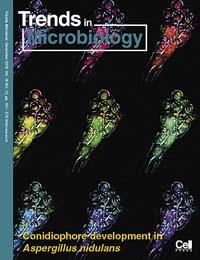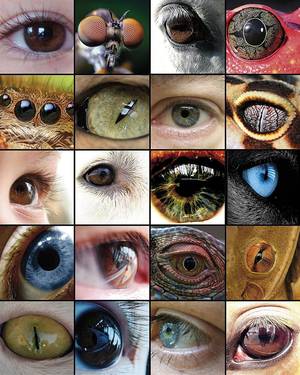Did the chimpanzee and the man cross?
2009/11/01 Elhuyar Zientzia Iturria: Elhuyar aldizkaria

Recent work raises the debate
A recent publication in the specialized magazine Trends in Ecology & Evolution has revived an old debate. The authors of the work are the researchers Presgraves and Yi, who although in the title indicate the doubt (Doubts about complex speciation between humans and chimpanzees), conclude in the article that the distribution between the human species and the chimpanzees was complex. Moreover, according to them, in the first times of separation of both species there was a crossing.
It is not the first research to reach these conclusions. For example, in 2006, in the scientific journal Nature, researcher Reich of the Broad Institute of Cambridge and his team published the results of the study of the genomes of six species of primates. According to them, the distinction between human ancestors and the species closest to us was not clear.
Compared to Genome, it was observed that the DNA of humans and chimpanzees took more than 4 million years to separate, the X chromosome being the youngest. From the data, it was proposed that the separation occurred in two shifts: the initial, in which the crossing occurred and the final, was then defined the X chromosome.
Many scientists disagreed with the interpretation of the results. According to them, the fact that the populations of the time are large can explain that the time of genetic distribution is so long. However, this would not explain why the X chromosome is younger than the rest.
Presgraves and Yi have an explanation. According to them, the key may be "differences in the promiscuity of the females of each species". Chimpanzee females are very promiscuous, fewer women, and fewer gorillas. Thus, male chimpanzees compete with each other for the female, and therefore have more sperm and testicles than the other two species. This means that sperm usually have more distribution cycles, so DNA has more attention mutations than in females.
Since females have two X chromosomes and only one males, the evolution of this chromosome is slower in females than in males. There are no differences in non-sexual chromosomes. If we analyze the frequency of mutations, X will be younger than the rest, which may be the explanation of the results of the Reich study.
However, Reich disagrees. He has reconsidered the data he obtained in his research and has found no evidence in favor of what Presgraves and Yi propose. The debate remains open.

Gai honi buruzko eduki gehiago
Elhuyarrek garatutako teknologia






